Hindi Language
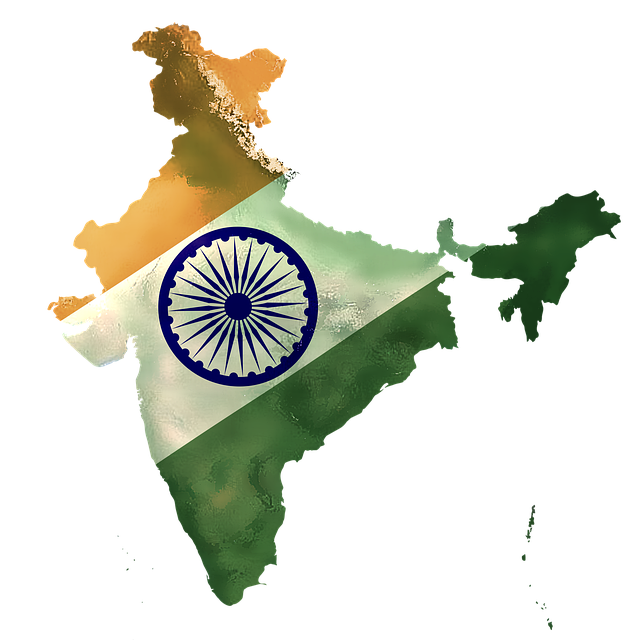
Hindi is a language spoken by millions of people around the world, with a rich cultural and literary history dating back centuries. It is one of the official languages of India, and it is also spoken in Nepal and Fiji.

The origins of Hindi can be traced back to the Sanskrit language, which was spoken in ancient India. Over time, Hindi developed its own distinct characteristics and became a separate language. Today, Hindi is written in the Devanagari script and is one of the two main languages of the Hindi Belt, a region in northern and central India where Hindi is widely spoken.
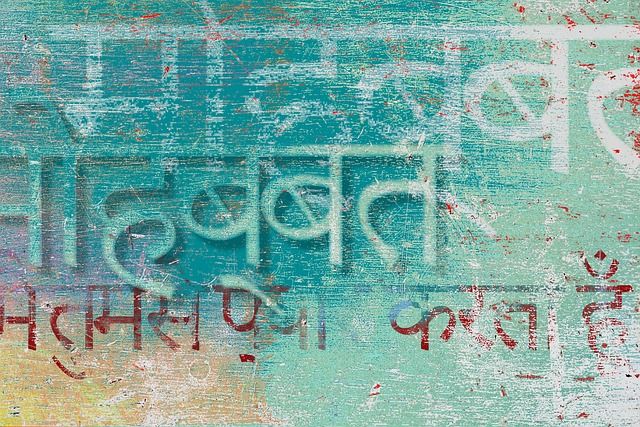
Hindi is classified as an Indo-Aryan language, which means it is part of the Indo-European language family. It is closely related to other Indo-Aryan languages such as Bengali, Marathi, and Punjabi. Hindi is also closely related to Sanskrit, and many Hindi words are derived from Sanskrit.
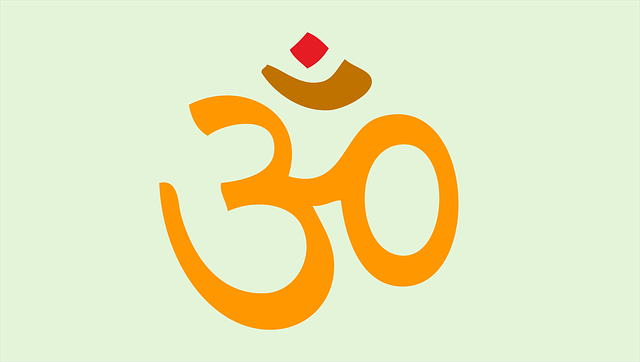
One of the unique features of Hindi is its use of grammatical gender. In Hindi, every noun is assigned a gender, either masculine or feminine. This can be a challenge for learners of the language, as the gender of a noun is not always immediately apparent.

Another characteristic of Hindi is its use of honorifics, which are words or phrases that are used to show respect or deference to someone. Honorifics are used in formal situations, such as when addressing someone older or in a position of authority.
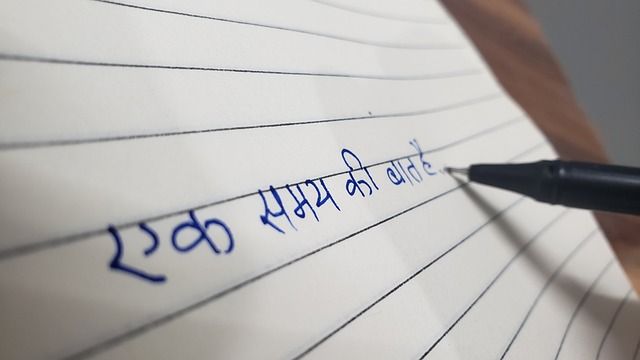
Hindi is a tonal language, which means that the pitch of a word can change its meaning. For example, the word "ma" can mean "mother," "don't," or "not," depending on the tone in which it is spoken. This can be challenging for learners of Hindi, as it requires a good ear for the subtle differences in pitch.
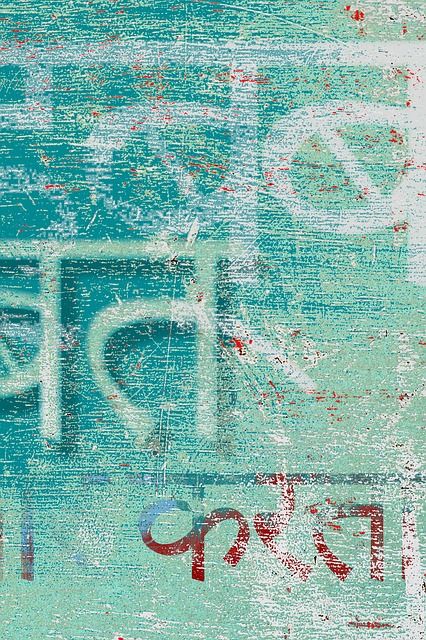
In addition to its use in India, Hindi is also spoken by many people in Nepal, where it is one of the two official languages. It is also spoken by a small number of people in Fiji, where it is used as a lingua franca among the Indo-Fijian community.
Hindi has a long and rich literary tradition, with a wealth of poetry, prose, and drama dating back centuries. Some of the most famous works of Hindi literature include the Mahabharata and the Ramayana, two epic poems that are considered to be the foundation of Hindu culture. Hindi literature also includes a wide range of poetry, from the devotional poetry of the Bhakti movement to the modern poetry of the 20th century.
One of the most distinctive features of Hindi literature is its use of rhyme and meter. Hindi poetry often follows strict rules of rhyme and meter, and many Hindi poems are written in a form called chhandas, which is a type of metrical verse.
In addition to its literary tradition, Hindi is also an important language of film and popular culture in India. Many of the most popular films in India are produced in Hindi, and the language is widely used in Indian music and television.
Hindi is also an important language for education in India. It is one of the languages in which students are taught in schools, and it is also used as the medium of instruction in many colleges and universities.
In conclusion, Hindi is a vibrant and rich language with a long history and a wide range of cultural and literary traditions. It is an important language in India and beyond, and it is an interesting and rewarding language for learners to study